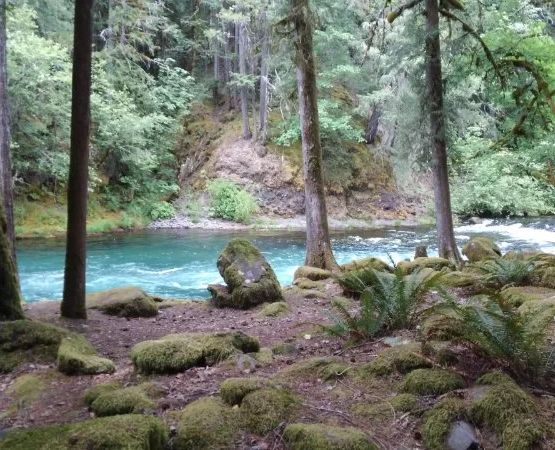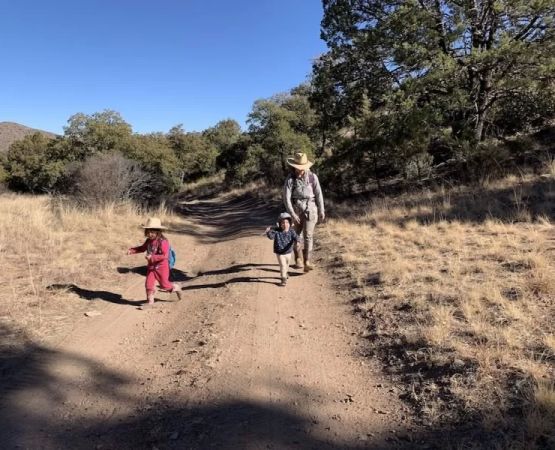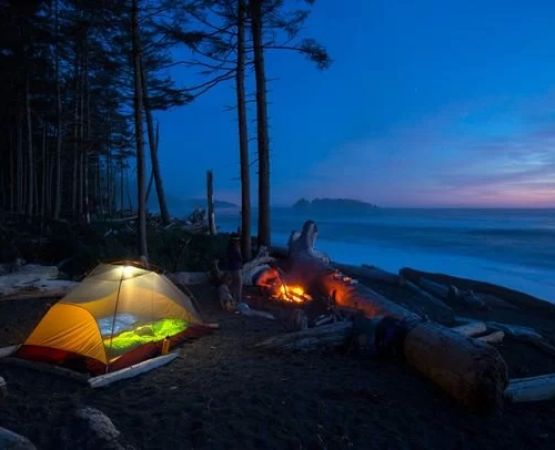- 1 - Why Outdoor Risk Assessment Matters for Families
- 2 - Basic Principles of Assessing Risks Outdoors
- 3 - Common Outdoor Hazards Families Should Be Aware Of
- 4 - Real-Life Example: A Camping Trip Gone Wrong
- 5 - Practical Strategies for Safer Family Adventures
- 6 - Tools and Resources That Make Assessments Easier
- 7 - The Role of Preparation and Training
- 8 - Long-Term Benefits of Outdoor Risk Awareness
Why Outdoor Risk Assessment Matters for Families
Spending time outdoors is one of the most rewarding experiences for families. From hiking trails to weekend camping, the outdoors offers countless opportunities for bonding. However, outdoor risk assessment for families is not just a formality—it’s an essential practice that ensures safety while preserving the joy of adventure. Ignoring risks can turn an exciting trip into a stressful or even dangerous situation, which is why thoughtful planning is critical.
Basic Principles of Assessing Risks Outdoors
The foundation of outdoor risk assessment lies in three steps: identifying potential hazards, evaluating the likelihood of harm, and implementing measures to minimize risks. For families, this means not only considering the terrain and weather but also factoring in children’s ages, physical capabilities, and overall preparedness. The principle isn’t to eliminate risks completely—because adventure inherently carries some—but to manage them in ways that keep experiences safe yet meaningful.
Common Outdoor Hazards Families Should Be Aware Of
Typical hazards vary depending on the activity. Slippery rocks near lakes, unexpected thunderstorms, wildlife encounters, and even simple dehydration can become significant risks when not anticipated. Families with small children must also think about issues like poison ivy, insect bites, or exposure to extreme temperatures. By building awareness of these common risks, families can pack more effectively and respond calmly when challenges arise.
Real-Life Example: A Camping Trip Gone Wrong
Consider the case of a Midwest family who went camping without checking the weather forecast. Heavy rains caused their tent site to flood, leaving them scrambling for safety in the middle of the night. While no one was seriously harmed, the lack of preparation turned what should have been a fun weekend into a stressful ordeal. This story illustrates how simple oversights in risk assessment can magnify into major problems. Families who learn from such cases are better equipped to avoid repeating the same mistakes.
Practical Strategies for Safer Family Adventures
Families can apply practical strategies to minimize risks. Packing first aid kits, carrying extra water, setting boundaries for children, and planning rest breaks all contribute to safer experiences. Teaching kids basic safety rules, like staying within sight on a trail, can also reduce risks. For longer trips, researching the destination ahead of time ensures families know about potential hazards unique to that location. At Pine Cliff Resort, for example, visitors can access guides that highlight safe family activities tailored to different age groups.
Tools and Resources That Make Assessments Easier
Technology has made risk assessment more accessible than ever. Weather apps, trail maps, GPS trackers, and even local ranger hotlines give families real-time information to guide decisions. Families can also rely on outdoor organizations and resorts to provide safety briefings, equipment rentals, and structured activities designed with risk management in mind. These tools transform what might seem like overwhelming preparation into a manageable routine.
The Role of Preparation and Training
Preparation is more than just packing the right gear—it involves mindset and knowledge. Simple training, such as basic first aid or fire safety, can empower families to respond confidently in emergencies. Practicing risk assessment with smaller day trips before tackling bigger adventures allows families to build resilience gradually. Over time, this preparation not only reduces risks but also strengthens family trust and cooperation.
Long-Term Benefits of Outdoor Risk Awareness
Families who embrace the principles of outdoor risk assessment enjoy more than just safer outings. They foster a culture of awareness, responsibility, and adaptability that benefits children well beyond the trail or campsite. By teaching kids to respect nature while staying safe, parents cultivate lifelong skills of independence and problem-solving. Ultimately, careful risk assessment helps families make the most of their outdoor adventures while minimizing preventable stress.






